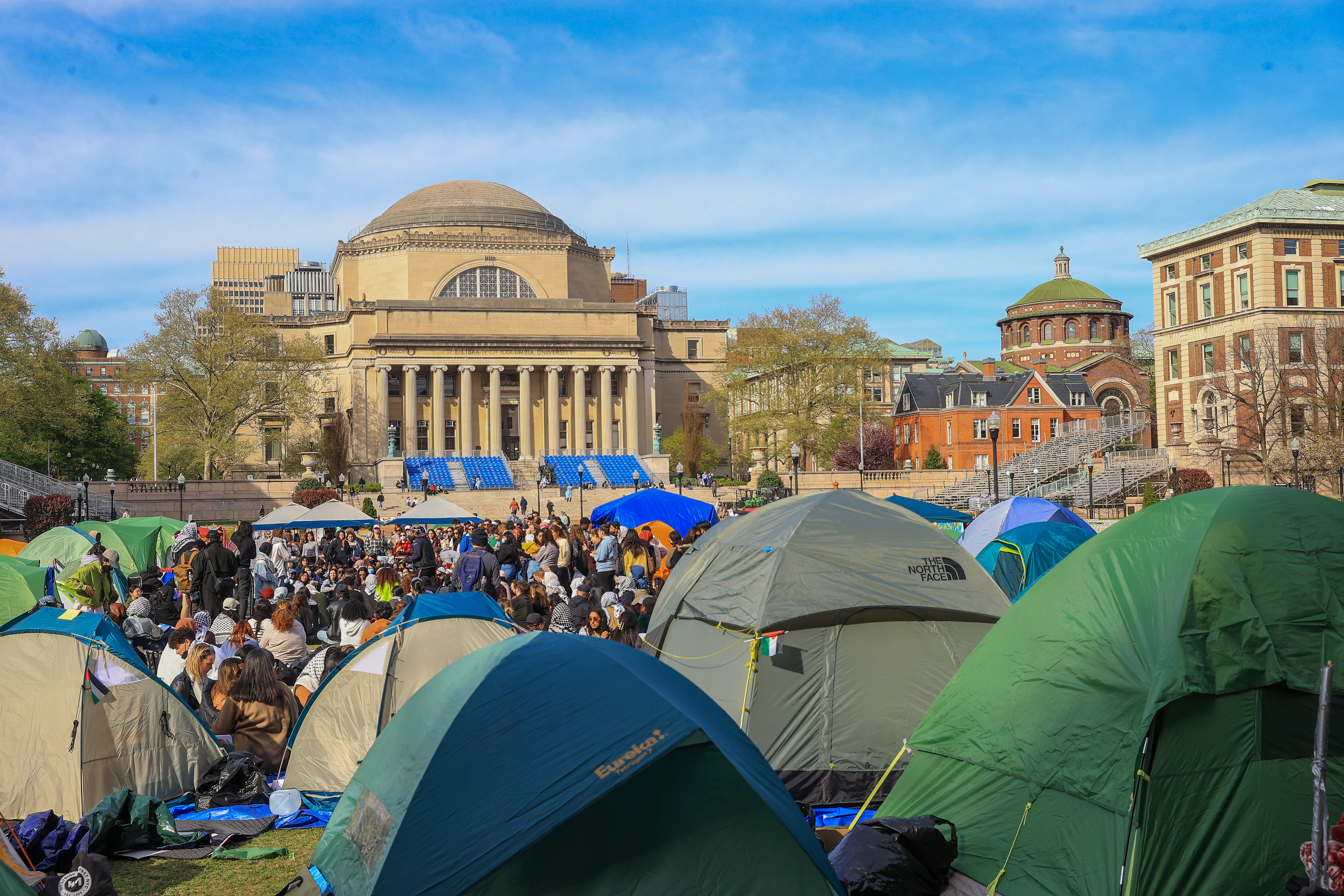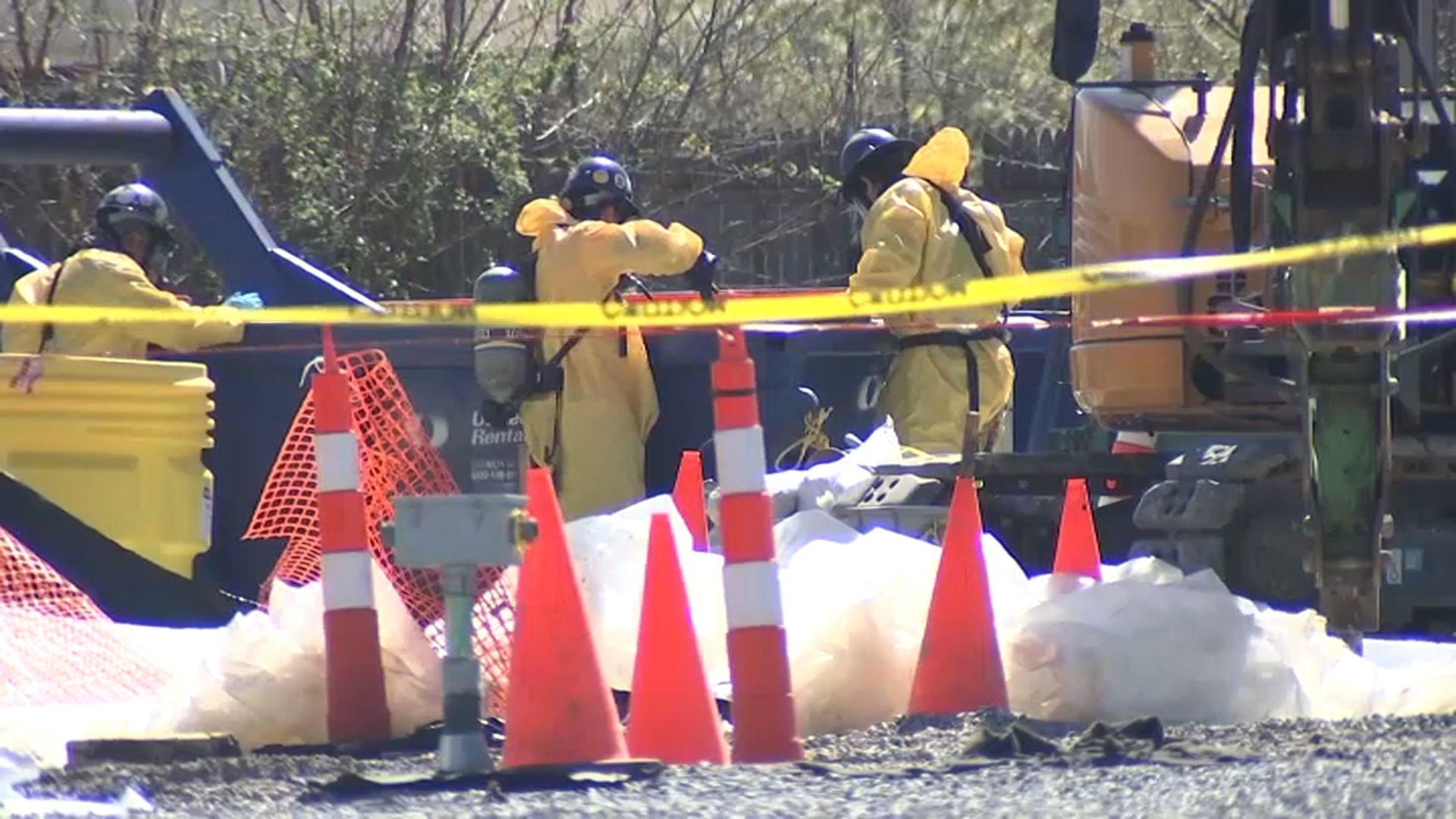There are disparities in gun-crime prosecution rates and sentencings from borough to borough across New York City, according to data provided to the I-Team from the Division of Criminal Justice Services and all five New York City district attorney offices.
Someone prosecuted for carrying an illegal gun in Manhattan is likely to be convicted of the top gun count 61 percent of the time, the data shows. In Brooklyn, which has by far the most gun cases in the city, 25 percent of defendants who are prosecuted received a top count conviction. The Bronx had a 34 percent rate of top count prosecutions. In Queens, 36 percent get the top count and penalty. And on Staten Island, 40 percent of those prosecuted are convicted on the top charge.
“If you are carrying a loaded weapon in Manhattan, the likelihood is you’re going to face severe consequences. And you should,” said Manhattan D.A. Cyrus Vance.
Vance said his office does give breaks to youthful offenders and out-of-towners not familiar with New York’s strict gun laws. But those are the exceptions -- he says his office, along with the NYPD, target gang members and repeat offenders.
“We identify who the most dangerous folks are and once we’ve identified them, we build strategies to dismantle gangs to take those individuals out of circulation,” Vance said.
Each district attorney's office said the issues surrounding gun arrests and prosecutions are complicated. There are rules for bail, scared witnesses, diversion programs, and questions about how some police searches are conducted. In addition, experts said juries outlook on gun crimes and trust in police searches can vary borough by borough.
Local
The I-Team looked at data from all city gun arrests in 2016 under laws 265.03, 265.04 and 265.19 – laws which require a minimum sentence of 3.5 years in prison. The information only reflects cases that made it before a judge after the NYPD made the felony gun arrest. Travelers unfamiliar with New York’s gun laws arrested at LaGuardia airport for illegal possession of a firearm is not reflected in the data.
The data reveals that, with the exception of Manhattan, a majority of defendants arrested in the other four boroughs got lesser sentences or plea deals.
In Brooklyn, for example, 72 percent of defendants facing three and a half years on the top count got a plea deal, a lesser sentence or diversion program. Acquittals are a relatively low figure but are included in the data.
Brooklyn D.A. Eric Gonzalez said his office is tough on gun felons and focuses on violent street gangs. But he said a deep look at each gun case is done by his line prosecutors.
“Every case has to be weighed, and the evidence is not the same in every case,” Gonzalez said in explaining why in many cases defendants end up with deals or lesser counts. “These are not people that have used a weapon for a robbery or shooting or a crime. Many of these people have been found with guns in their home or have been found with a gun.”
In a statement, Bronx D.A. Darcel Clark spoke to the 64 percent rate of reduced gun charges and sentencings: “We treat each case individually because the facts and evidence are different in every case. We would not be doing justice if we handled all cases and all defendants in the exact same manner.”
Prosecutors point to examples that can impact gun stats, like a case where four people are arrested in a car with one gun. All four people get charged. But later, DNA evidence links just one defendant to the weapon. Charges later get reduced or dropped for the other three. Another example: military members sometimes get caught with firearms before leaving for deployment and charges later get reduced.
But there are cases of repeat offenders being turned loose or given second and third chances.
In Manhattan, Tyrone Howard had 16 past arrests for drugs and one past weapons count. NYPD officials said they also had information that Howard was involved in several past gang-related shootings. But there were no witnesses willing to cooperate. A judge put Howard in a drug diversion program.
Howard would later shoot and kill NYPD officer Randolph Holder Jr.
”It is a matter of life and death because the perp that killed my son – he was out,” said Holder’s dad, Randolph Holder Sr.
“He should have been locked up in prison. If he was there, perhaps (my son) would have been alive today. Fair and straight. Simple.”
Shootings and gun crime are near or at historic lows in New York City. And one sentencing expert stressed that judges and prosecutors are not clairvoyants.
“We’re not 100 percent perfect at predicting the future dangerousness and that can be a problem,” said Jessica Henry, a professor specializing in conviction and sentencings and a former public defender in New York City.
Henry said diversion programs have proven successful in helping many first-time or young offenders reform instead of locking them away in a jail cell. “Sometimes that is in the best interest for the public to give people an opportunity to not become a hardened criminal – but to rehabilitate.”
But for Randolph Holder – the father of the slain officer – there are too many repeat offenders getting breaks they don’t deserve.
“The message to the justice system is to please, do your job. Let any perp do their time. “



